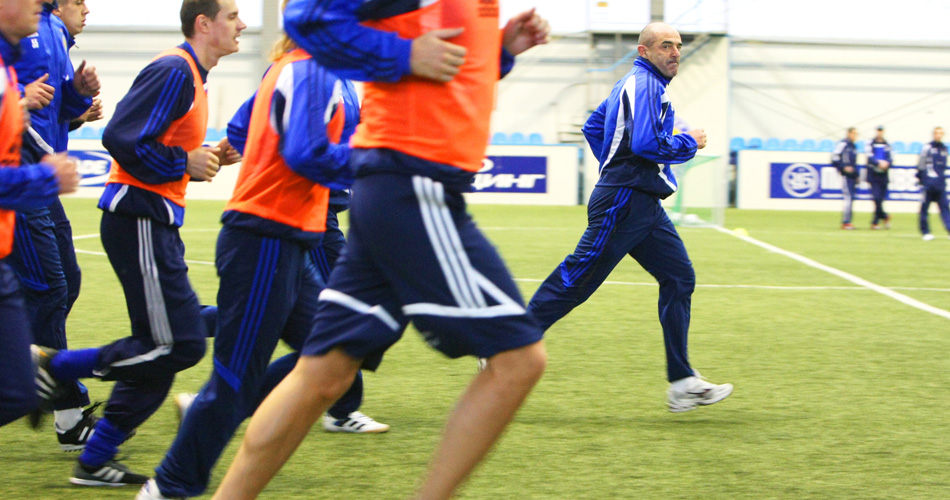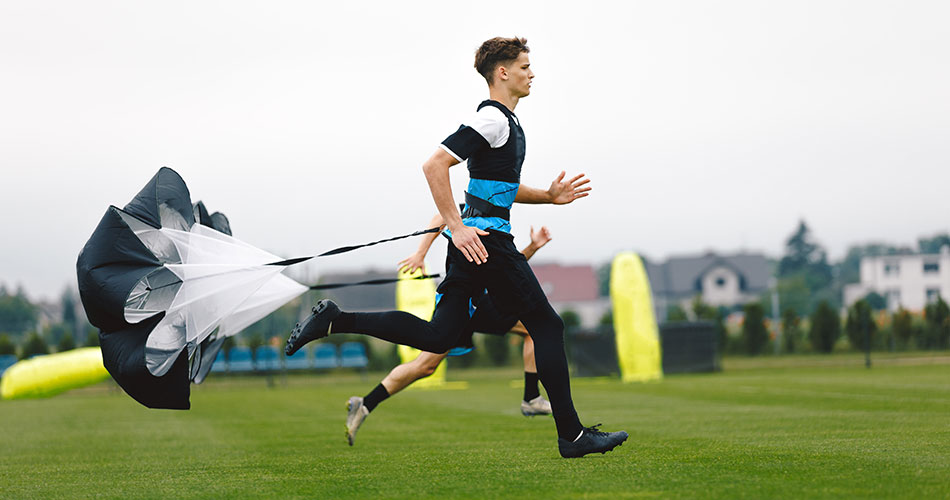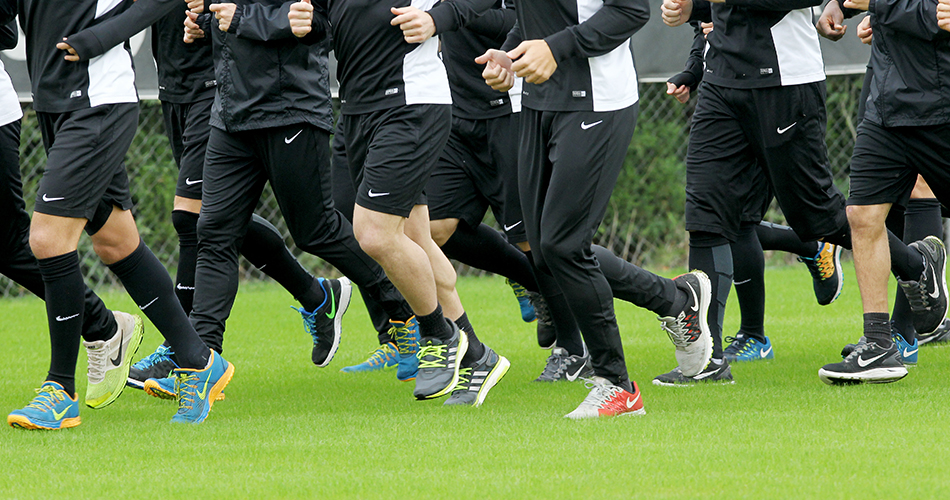Good Reads
I have been absent from Complementary Training blog for some time, but I haven’t been lazy though. I am working on one simple way to individualize and organize energy system development (a.k.a. conditioning) for intermittent sports based on work by Dan Baker and Martin Buchheit (who I plan interviewing soon).
What I manage to realize is that interviewing is very potent approach to get the right information from the right people. We need more good interviews with good questions.
For now I just wanted to give you a head up for the following good reads.
The Science of Running
This is awesome blog by Steve Magness. I was really enjoying reading some entries (see below). It is really refreshing to read about some real life training and coaching instead of listening to HIIT oriented research and coaches (yes, CrossFit-ers) about the importance VO2max and VO2max intervals all the freakin’ time. Make sure to check to following entries:
- Aerobic Training is NOT the devil and the fallacy of muscle fiber type conversions
- The Physiological Map: What’s wrong with the traditional training model
- Fallacy of VO2max
- Practical Implications of Fallacy of VO2max paper
- The Evolution and History of Training: Volume and Intensity
- Do we need VO2max workouts? No
- Interval training-Why it’s misunderstood and what you can learn from the Igloi method
Joel Jamieson and 8WeeksOut
There have been great articles by Joel and his crew over the 8WeekOut over the last couple of weeks. Make sure to check the following articles and follow the Specificity Continuum series.
- Fundamental Concepts for Exhaustive Programming
- The Truth About Injuries
- Never Gas Out – MMA Interval Training
- The Specificity Continuum Part I: What is Specificity?
- Research Review: Molecular Responses to Strength & Endurance Training – Are They Incompatible?
- Intensity of Training (goes very well with the Steve Magness articles)
- A New Perspective On Energy Systems Video
- Research Review: Energy Systems, Interval Training, & RSA (make sure to check my comment below)
Soccer or any team sport is NOT repeat-sprint sprint sport, but rather HIIA – High Intensity Intermittent Activity. RSS or repeat sprint sequence is a SEQUENCE that happens now and then during the course of a game. If you take a look at this poster by Martin Buchheit, you will get data that RSS actually doesn’t happen that often in a competitive game.
The research is still inconclusive (and that was actually said in the review articles on RSA you were referencing) about the role of glycolysis in the RSA (Repeated-Sprint Ability). Athletes with higher amount of glycolytic energy system activity actually had BETTER total times in RSA tests compared to the athletes whose glycolytic energy system decreased over the number of sprints. So, to improve RSA should we increase or decrease reliance on glycolytic system?
Although these two point might seem to conflict the notion of alactic-aerobic, they actually support it. First, intermittent sports are NOT repeat-sprint sequences. RSS happens couple of times during the game and it is questionable how much specific RST should be done to improve it (if the athlete is doing sprint, power, strength and intervals/aerobic training anyway). Thus, game specific endurance is not solely RSA as we portray it, thus although glycolytic energy system is important in RSA and RSS it doesn’t mean HIIT should be done day in and day out, because RSA is not that actually important. So, for team sports alactic-aerobic is still the key to game specific endurance.
Just my 2 cents…. Keep up the good work
Intermittent Fasting – Free Review by John Berardi
Great and free (self experimentation) review of the Intermittent Fasting approach to dieting. Glad to see John Berardi exploring the world of IF. My respect toward Berardi growth even more. Besides Lyle McDonald, I highly suggest checking John Berardi’s Precision Nutrition.
Martin Buchheit and 30-15IFT
Last couple of weeks I was reading research papers by Martin Buchheit and everything that was available on English on his website. Martin’s ideas behind 30-15IFT (a test, way better than YoYo Intermittent Recovery by Bangsbo) and training individualization are very interesting and should be explored by every physical preparation coach out there. I plan interviewing Martin and writing more about the geniality of 30-15IFT very soon. Make sure to read the following papers:
- The 30-15 Intermittent Fitness Test : 10 year review
- Assessing inter-effort recovery and change of direction ability with the 30-15 Intermittent Fitness Test” published in the Journal of Sports Science and Medicine (2011)
Till the next time.











Responses